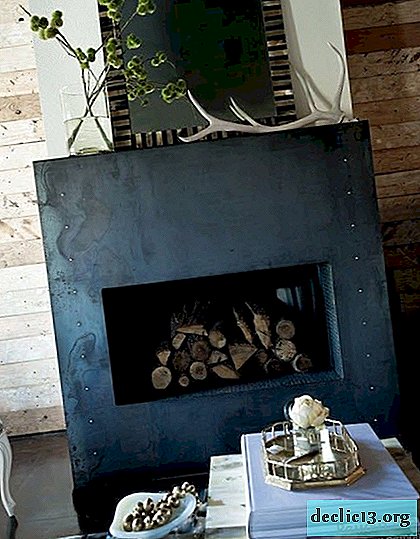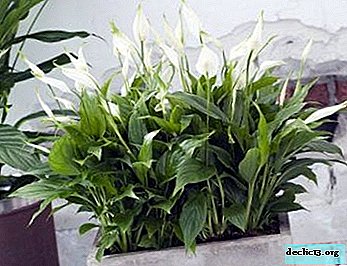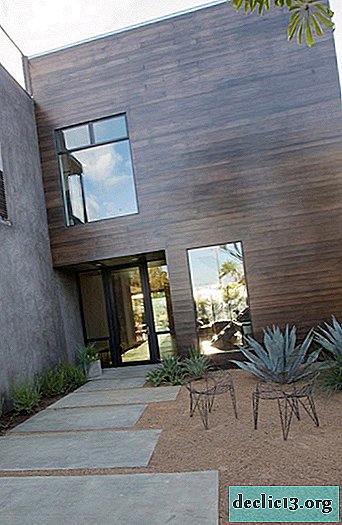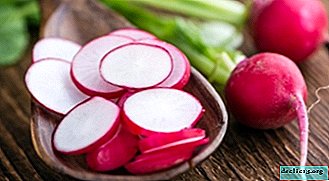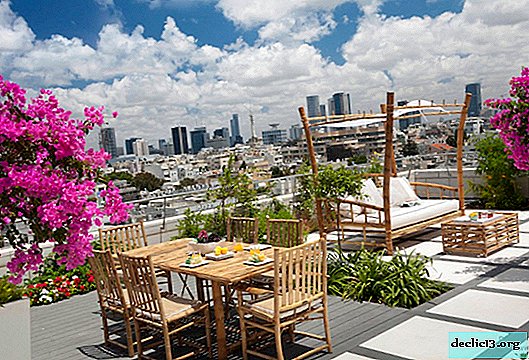How to grow gloxinia White Terry at home?

White gloxinia is an ornamental plant grown indoors. It has an attractive appearance and unpretentious care.
Subject to all agrotechnical rules (watering, top dressing, growing conditions), flowering will be plentiful and long.
So, further we will consider what it is necessary for landing, how and when it is better to transplant a hybrid. And also what diseases and pests should be feared.
Botanical Description and History
White gloxinia is a hybrid of Sinningia. The plant received this name due to the shape of a flower, similar to a bell. In 1785, a flower was discovered in Brazil, which later was called by the botanist mottled gloxinia in honor of the German botanist, naturalist, and physician Peter Gloxin.
This plant was the first representative of the genus. And in the 19th century, a flower was introduced from tropical America, which was called beautiful gloxinia. It was he who became the progenitor of white gloxinia. In nature, this culture grows not only in its historical homeland, but also in America, Brazil and Mexico. You can find a flower on the rocky banks of rivers or shady forest thickets.
They grow plants in greenhouses, conservatories and normal indoor conditions.
On a note. In the cold season, the green part of the plant dies and is at rest. At this time, she concentrated all the nutrients of the flower in underground tubers.White gloxinia is not demanding to care for. But under good conditions, the flowering bloom is characterized by duration and abundance (up to 20 bright buds at the same time).
Varieties of varieties and photos
Below is a description of the plants and their photos.
White Terry
This is one of the most beautiful flowers of White Gloxinia. There are two varieties of plants:
- White terry flower. Along the edge is a dark purple border. The tube is lemon, conical in shape with a rare dark speck in the depths.
- Terry white flowers with a lemon tint. On the petals there is a border with a dusting, the width of which is 1 cm. Its color is lilac-silver.

Blond Giselle
This plant is distinguished by the large size of the flower (bud diameter 10 cm). White color with fuchsia and lilac dots. The variety is distinguished by strong peduncles.
Flowering is long and plentiful. But in terms of growing Blonde Giselle is slightly moody. It is important to monitor the humidity in the room, in the soil, temperature and make fertilizing on time.

Appearance
White gloxinia is a perennial plant, the height of which reaches 50-70 cm. It is distinguished by fleshy speckled runs. Leaves are oval in shape, pointed at the ends. On the outside and on the inside there is a reddish coating. Glossy leaves with a small amount of villi. The flowers are located on long legs. The flowers are white and double with a pink border. Size from 8 to 10 cm in diameter. Can be without specks, pure white.
Where and how to plant her?
Grow a plant in the apartment. To plant a flower, prepare a container and soil substrate. You can use soil designed for violets or prepare it yourself. If the second option is chosen, mix in the following proportion 4: 2: 2: 1 such components:
- turf land;
- peat;
- humus;
- sand.
Add a little sphagnum to the mixture. The capacity should be shallow.
Note! You can get fast flowering when planting a plant in a cramped pot.Landing process:
- Place drainage at the bottom of the tank (ordinary pebbles can be used). This will prevent the root system from decaying.
- Sprinkle with earth on 1/3 of the pot.
- Seat the stalk, add the soil composition and tamp lightly.
- Water the plant with water at room temperature.
Lighting and location
The plant needs bright, but diffused lighting. If you put the pot on the windowsill, where there are direct midday rays, then this can cause burns. The flower is grown on the eastern and western windows. You can place it on the south side, but then you need to shade it. But on the north side, the plant will stretch out due to a lack of light, the flowers will become pale, and the flowering will be sparse.
Soil requirements
Compound soils are suitable for White gloxinia. They should be light and loose, slightly acidic. For the plant, you can use a composition obtained from peat, deciduous land and humus, taken in equal proportions.
Home Care
Watering
 During vegetation, watering gloxinia should be plentiful. Pour into the edge of the container or on the pallet. Make sure that the liquid does not accumulate, as pathogenic microflora develops due to increased humidity, which can destroy the plant. For humidification use only settled water at room temperature.
During vegetation, watering gloxinia should be plentiful. Pour into the edge of the container or on the pallet. Make sure that the liquid does not accumulate, as pathogenic microflora develops due to increased humidity, which can destroy the plant. For humidification use only settled water at room temperature.
Then the roots absorb moisture faster, resulting in a reduced risk of decay. Watering the flower is enough 1-2 times a week. With the end of flowering, reduce watering, at the end of September the plant prepares for rest. To do this, gradually dry the soil.
Important! During dormancy, watering the plant is rare. It is recommended to spray air every day using a spray gun. During the procedure, make sure that moisture does not penetrate the flowers and leaves.The flower grows well in the kitchen or in the glazed balcony, as there is high humidity. With its shortage, the buds will not open, and the leaves will curl.
Temperature mode
For white gloxinia during the growing season, a temperature regime of 18-22 degrees should be observed, and in winter - 10-14 degrees. If the temperature is above 28 degrees, then the plant stops its development:
- the root system overheats;
- turgor disappears;
- the buds do not open.
A temperature below 15 degrees slows the growth of the plant:
- leaves turn yellow and blacken;
- the buds fall off;
- the root system is driven.
Drafts and sharp temperature jumps are unacceptable for gloxinia white.
Top dressing
In spring and summer (April to August) gloxinia needs to be fed. Deposit them every week. Use for this special formulations intended for flowering plants. Their composition contains potassium and phosphorus in high concentrations, which cannot be said about nitrogen.
When preparing the solution, take fertilizer 2-3 times less than indicated in the instructions. With an excess of nitrogen, the flower actively grows green mass, and inflorescences are small and ugly. Excess phosphorus is also undesirable, as flowering will be early and plentiful, but not long.
Wintering
 In winter, culture falls into a state of rest. But for this it needs to be prepared:
In winter, culture falls into a state of rest. But for this it needs to be prepared:
- Remove flower containers away from windows in a cool place.
- Do not feed.
- Reduce watering to 1-2 times a month.
- Over time, the leaves will dry and fall away. After they fall, cut the stem.
- Tubers can be left in the pot for the winter or removed and put in sawdust.
Young plants should not be sent to rest. In January-February, the tubers of the plant germinate again. Before they start the roots, they are transplanted into new soil.
Common Diseases and Pests
The following pests pose a great danger to gloxinia:
- scale shield;
- cyclamen and web mites;
- mealybug;
- thrips;
- nematode.
Of the diseases the most dangerous for the flower remain:
- powdery mildew;
- gray and pitious rot;
- late blight;
- Fusarium
When they are damaged, spots form on the leaves, the stalk becomes dark and soft. To prevent the flower from dying, remove all affected parts, and treat the remaining elements and soil with special antifungal drugs (Trichodermin, Fundazol, Fitosporin, Haupsin).
Features of reproduction and cultivation
The flower propagates in 3 ways: seeds, cuttings and tubers.
Cuttings
As planting material, leaves or cut tops are used. Most often, gardeners use leaf propagation. The procedure is as follows:
 As soon as it is cut off, install it in water or sand, covering the container with a plastic bag. This will keep humidity at the same level.
As soon as it is cut off, install it in water or sand, covering the container with a plastic bag. This will keep humidity at the same level.- After 18-20 days, roots form. Leaf planted in the soil and cover with a glass container.
- As soon as young leaves grow, remove the capacity and remove the mother leaf.
By analogy, the rooting of gloxinia occurs when using the apical cuttings. In the second case, the flower will bloom earlier than the one that was obtained from the leaf.
Tubers
With strong growth of tubers, plants are cut into several parts. At least one sprout must be present on each of them. Slices treated with crushed charcoal. This will prevent rotting of the planting material. Plant a tuber in the ground in February-March.
Seeds
Sow gloxinia seeds to sow in the period from November to February. Sprinkle them with earth is not necessary. Just place the container with planting material in a bright, warm place. Air temperature should be 24-26 degrees. Spray the soil regularly with warm water.
The first shoots will be in 2 weeks. As soon as the second leaf is formed, the young plants will be planted.
Important! At low temperature conditions, germination time increases, and seeds can die.White gloxinia is an incredibly beautiful plant, with proper care of which it will delight all households with long and abundant flowering. Just regularly water the flower, loosen the soil, feed and carry out disease prevention.
Useful video
White Gloxinia. How to care at home:

 As soon as it is cut off, install it in water or sand, covering the container with a plastic bag. This will keep humidity at the same level.
As soon as it is cut off, install it in water or sand, covering the container with a plastic bag. This will keep humidity at the same level.